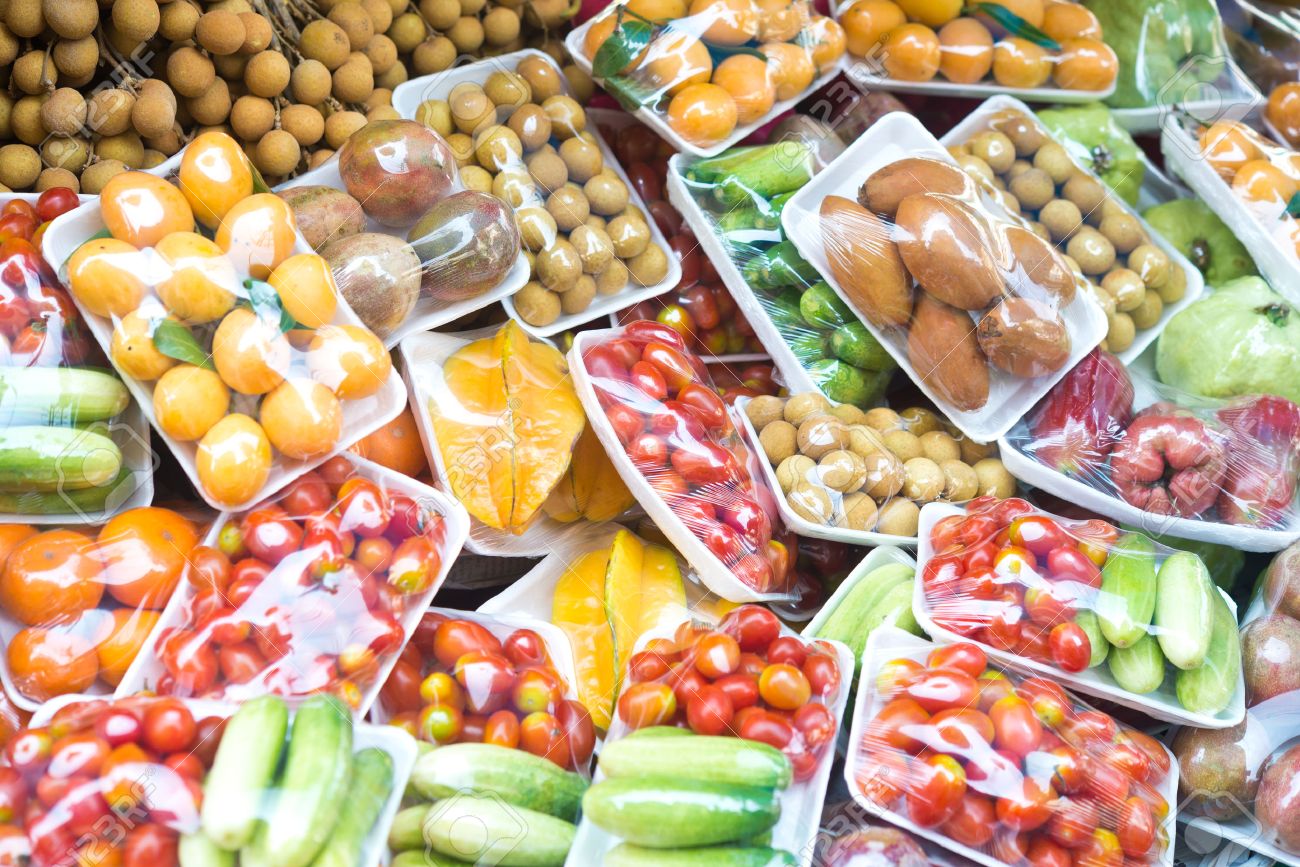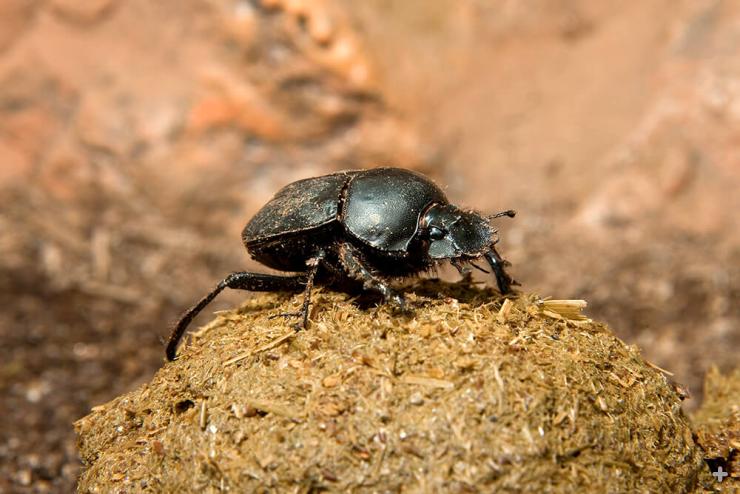export fruit iran buy fruit company
company fruit exporter from iran - import fruit all countryexport fruit iran buy fruit company
company fruit exporter from iran - import fruit all countryIranian Fruit, Fresh & Natural

IRANIAN FRUIT, FRESH & NATURAL
Four-season climate of IRAN has provided proper conditions for growing a wide variety of fruits.
IRANIAN Fruits are known in the world market by their natural taste.
Apple, watermelon, cherries, kiwi, grapes, apricot and pomegranate are some of the major IRANIAN exported fruits.
IRANIAN fruits are not only exported to neighbors but also to EUROPEAN countries like GERMANY and ITALY.
More than 1 million tons of fresh fruits worth 770 million dollars were exported by IRAN in 2012.
Watermelon
about 10% of global watermelon market is possessed by IRAN. In 2012, IRAN has exported 285.000 tons of watermelons worth over $70 millions. Iraq UAE. Turkey. Russia Armenia, and AZARBAIJAN are some of major destination for IRAN watermelon .
APPLE
The annual amount of apple production in IRAN is above 4% of the world apple production. IRAN has exported 320.000 tons of apple worth about 250 million $ in 2012. IRAQ, TURKMENISTAN, UAE, AFGHANISTAN, and BAHRAIN are some of the main destination for IRAN’s exported apples.
FLOWERS & ORNAMENTAL PLANTS
Due its vast area, diverse weather and prolific soil, IRAN is a very desirable location for culturing different kinds of plants and has a long tradition of floriculture. IRAN is the 17th country in producing cut flowers and ornamental plants. More than 2 billion stems of cut flower, about 140 million ornamental trees and shrubs and near 40 million potted flowers are annually produced in IRAN.
In 2012 about 12.000 tones of flowers and plants worth $ 47 million were exported by IRAN.
IRAQ , AZARBAIJAN, TURKMENISTAN, UAE, KOWAIT, CHINA, JAPAN, VIETNAM, TAIWAN, ARMENIA and AFGHANISTAN were some of main destination of IRAN’s flower export in recent years.
Dung Beetle
Dung beetles do just what their name suggests: they use the manure, or dung, of other animals in some unique ways! These interesting insects fly around in search of manure deposits, or pats, from herbivores like cows and elephants. Dung beetles come in a variety of colors, from dull and glossy black to metallic green and red. Ancient Egyptians thought very highly of the dung beetle, also known as the scarab (from their taxonomic family name, Scarabaeidae). They believed the dung beetle kept the Earth revolving like a giant ball of dung, linking the insect to Khepri, the Egyptian god of the rising sun.
Dung beetles have impressive “weapons,” some with a large, hornlike structure on the head or thorax that males use for fighting. They have spurs on their back legs that help them roll the dung balls, and their strong front legs are good for fighting as well as digging. Most dung beetles are strong fliers, with long flight wings folded under hardened outer wings (elytra), and can travel several miles in search of the perfect dung pat. With specialized antennae, they can catch a whiff of dung from the air.
HABITAT AND DIET
Dung beetles are found on all continents except Antarctica and live in farmland, forest, grassland, prairie, and desert habitats.
Most dung beetles use the manure of herbivores, which do not digest their food very well. Their dung contains half-digested grass and a smelly liquid. It is this liquid that the adult beetles feed on. Some of them have specialized mouthparts designed to suck out this nutritious soup, which is full of microorganisms that the beetles can digest. A few species feast on the dung of carnivores, while others skip the doo-doo and instead eat mushrooms, carrion, and decaying leaves and fruits.
Timing is everything for dung beetles. If the dung has been sitting long enough to dry out, the beetles can’t suck out the nutrition they need. One study in South Africa found that dung beetles laid more eggs during the rainy season when dung pats contain more moisture.
